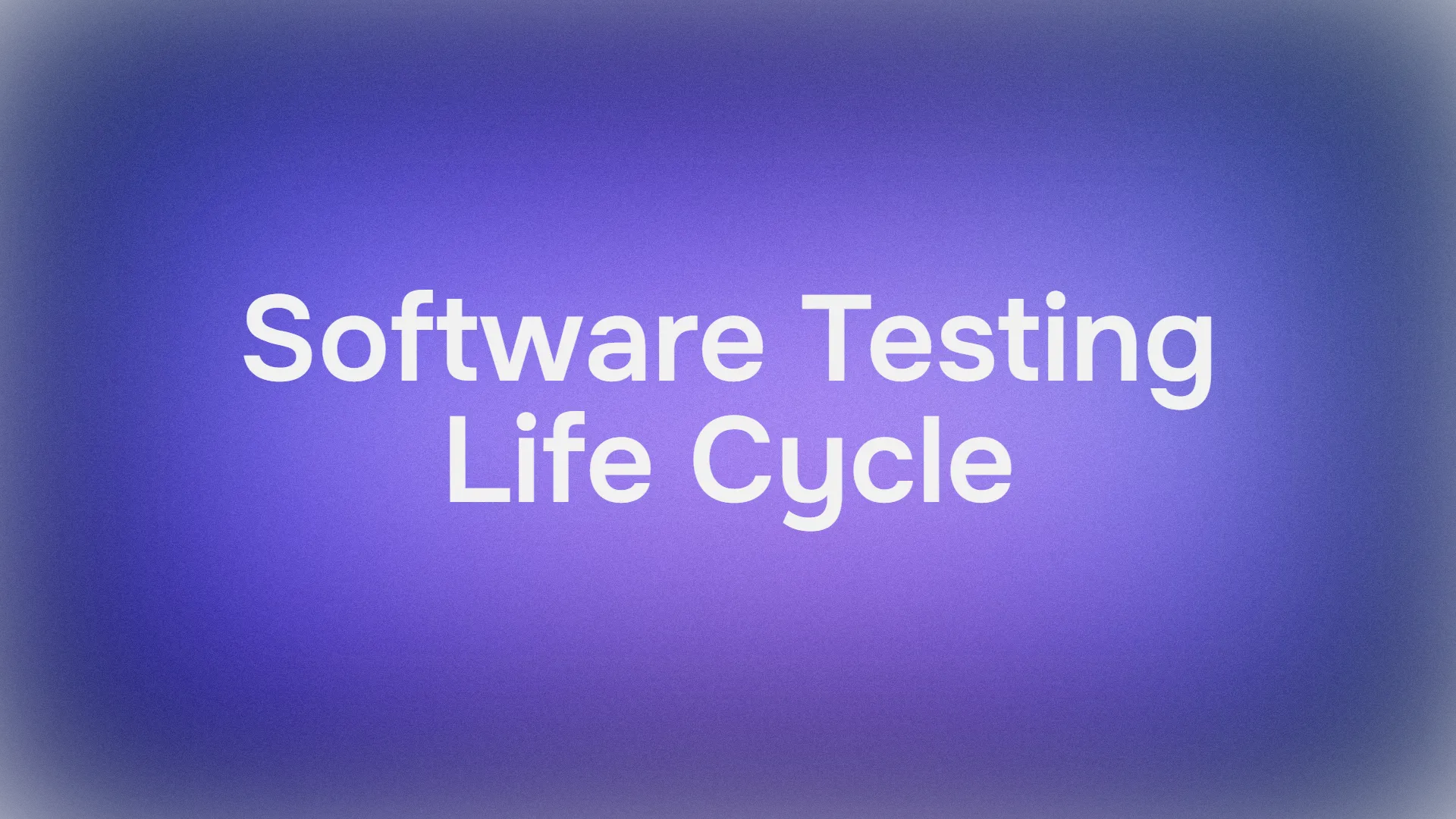APIs (Application Programming Interfaces) are the invisible force connecting your favorite apps, services, and devices. They make it possible for your smartphone to fetch weather data, your bank app to manage transactions, and even AI assistants to answer your queries. If you're eager to learn APIs in 2025, you're stepping into one of the most critical and dynamic domains in technology.
But how do you master APIs effectively? What tools, frameworks, and AI innovations can accelerate your learning? This roadmap will answer all your questions.
Why Should You Learn APIs in 2025?
The world is rapidly moving towards interconnected systems, with APIs as the linchpin. Whether you’re a developer, an IT professional, or even a product manager, understanding APIs is a skill that will set you apart. Here’s why:
- Exploding Demand for API Experts: With businesses integrating AI, IoT, and cloud platforms, API development is hotter than ever.
- AI and Automation Depend on APIs: APIs drive AI applications, making them integral to the future of technology.
- APIs Are a Career Multiplier: API expertise opens doors in software development, DevOps, cloud computing, and more.
- Better Productivity with Tools Like Apidog: Tools can streamline your learning curve and make complex processes easy to understand.
Let’s break this roadmap into manageable steps to help you navigate the journey.
Step 1: Understand What APIs Are
What Exactly is an API?
APIs are intermediaries that enable communication between two systems. For example, when you order food via a delivery app, an API connects the app with the restaurant’s system to confirm your order.
Key Terminologies
- Endpoints: These are specific URLs that expose the API functionality.
- Requests and Responses: The client sends a request to the API, and the API provides a response.
- REST vs. SOAP vs. GraphQL: These are architectural styles for APIs. REST is the most common, SOAP is more enterprise-focused, and GraphQL offers more flexibility.
Step 2: Learn the Fundamentals of API Design
Why Good API Design is Critical
Imagine using a GPS app that doesn’t display road names, it’s frustrating! Similarly, poorly designed APIs confuse developers. Your goal is to create APIs that are intuitive and efficient.

Principles of Great API Design
- User-Centric Approach: Think from the end-user’s perspective.
- Version Control: Use versioning to handle updates gracefully.
- Consistency in Naming: Standardize your endpoints and methods.
- Scalability: Design for future expansion.
- Comprehensive Documentation: Make your API self-explanatory with tools like Swagger or Apidog.
Step 3: Explore API Tools
Modern tools make learning APIs less daunting. Here’s a list of essential ones:
All-in-One API Platforms
- Apidog: Ideal for API design, testing, and documentation. Perfect for beginners and pros.
- Postman: Known for its intuitive interface and collaboration features.
- Swagger (OpenAPI): Best for designing RESTful APIs and auto-generating documentation.

API Testing Tools
- Apidog: Includes powerful testing capabilities to simulate real-world use cases.
- Newman (Postman CLI): Run Postman collections from the command line for CI/CD pipelines.
- SoapUI: Best for SOAP API testing but also supports REST.
API Debugging and Monitoring Tools
- Insomnia: Focused on simplifying API debugging.
- Fiddler: Ideal for inspecting HTTP requests and troubleshooting.
AI-Powered API Development Tools
- ChatGPT for API Coding: Use it to generate code snippets, understand complex concepts, and debug errors.
- RapidAPI Hub: Search and test APIs from thousands of providers.

Step 4: Dive Into Frameworks for API Development
Frameworks provide the structure and best practices to build APIs effectively. Here are some top choices:
For Backend Developers:
- Express.js (Node.js): Perfect for creating lightweight and scalable APIs.
- Django REST Framework (Python): Excellent for building robust APIs quickly.
- Spring Boot (Java): Ideal for enterprise-grade RESTful APIs.
- ASP.NET Core (C#): Great for high-performance, scalable APIs in .NET environments.

For Modern Applications:
- GraphQL: A query language that offers more control over the data you fetch. Tools like Apollo simplify its implementation.
- gRPC: Excellent for high-performance, low-latency APIs.
Step 5: Master API Testing
Testing ensures that your API delivers consistent results.
Types of API Testing

- Unit Testing: Verify individual components of the API.
- Integration Testing: Ensure the API works seamlessly with other systems.
- Performance Testing: Test the API’s speed and responsiveness under load.
Tools for API Testing

- Apidog: Offers a seamless experience for functional, load, and security testing.
- K6: Best for load testing.
- Burp Suite: Focused on security testing.
For example here is how you can use Apidog to test your POST request. It allows you to create and save API requests, organize them into collections, and share them with your team.
- Open Apidog and create a new request.

2. Set the request method to POST.

3. Enter the URL of the resource you want to update. Add any additional headers or parameters you want to include then click the “Send” button to send the request.

4. Verify that the response is what you expected.

Step 6: Build Real-World Projects
Why Projects Matter
Building APIs for practical use cases helps reinforce your skills and boost your confidence.
Ideas for Beginners
- To-Do List API: Manage tasks and categories.
- Weather API: Fetch and display weather data for a given city.
- Blog API: Create, read, update, and delete blog posts.
Intermediate and Advanced Projects
- Payment Gateway API: Simulate a secure payment processing system.
- Social Media API: Build endpoints for posts, comments, and likes.
- Machine Learning API: Integrate an ML model into an API for predictions.
Pro Tip: Use Apidog to design and document these projects for a professional touch.
Step 7: Explore Advanced Topics and AI Integration
Key Areas to Focus On
- API Gateways: Learn tools like Kong, AWS API Gateway, and Apigee to manage large-scale APIs.
- AI and APIs: Use APIs to integrate AI services like OpenAI, AWS Rekognition, or Google Vision into your projects.
- Microservices Architecture: APIs are the foundation of microservices, enabling seamless communication.
- API Monetization: Learn how companies monetize APIs through subscription models or pay-per-use.
Step 8: Stay Updated with Trends
The API landscape evolves quickly.
How to Stay Current
- Blogs and Tutorials: Follow the Apidog blog, API Evangelist, and similar resources.
- Community Forums: Engage on platforms like Reddit, Stack Overflow, and Dev.to.
- Webinars and Conferences: Attend events like API World or regional meetups.
Final Words
APIs are no longer optional—they are essential. Following this roadmap will set you up for success in 2025 and beyond. With tools like Apidog, mastering APIs becomes an engaging, streamlined process.
Don’t just learn APIs; build something amazing with them. And if you haven’t already, download Apidog for free to make your API learning journey seamless, productive, and fun.




